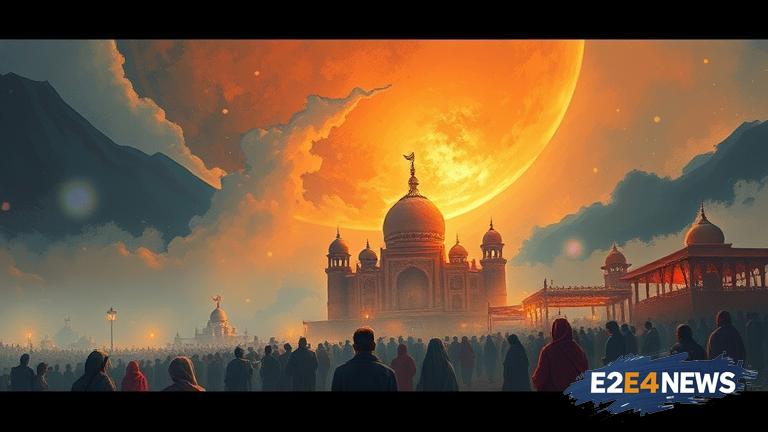The concept of pilgrimage has been an integral part of human history, with people from diverse backgrounds and faiths embarking on journeys to sacred sites in search of spiritual enlightenment, healing, and self-discovery. In her book, ‘Holy Places: How Pilgrimage Changed the World’, Kathryn Hurlock delves into the significance of pilgrimages and their far-reaching consequences on faith, rituals, and culture. Hurlock’s work is a testament to the enduring power of pilgrimage, which has shaped the course of human history in profound ways. From the ancient Greeks to modern-day Muslims, Christians, and Hindus, pilgrimages have played a vital role in fostering a sense of community, shared identity, and spiritual growth. The book takes readers on a journey across the globe, exploring the history and significance of iconic pilgrimage sites such as the Hajj in Mecca, the Camino de Santiago in Spain, and the Kumbh Mela in India. Hurlock’s research reveals that pilgrimages have not only influenced the development of faith and rituals but have also had a profound impact on art, architecture, literature, and music. The book also examines the economic and social implications of pilgrimages, which have often led to the growth of cities, the development of infrastructure, and the creation of new industries. Furthermore, Hurlock discusses the challenges and controversies surrounding pilgrimages, including issues of accessibility, sustainability, and cultural sensitivity. Despite these challenges, the book concludes that pilgrimages continue to be a powerful force for good, promoting interfaith dialogue, understanding, and cooperation. Through her meticulous research and engaging narrative, Hurlock has created a compelling and insightful work that will appeal to scholars, travelers, and anyone interested in the human experience. The book is a timely reminder of the importance of pilgrimage in shaping our understanding of the world and our place within it. As the world becomes increasingly interconnected, the significance of pilgrimage will only continue to grow, inspiring new generations of travelers and spiritual seekers. In conclusion, ‘Holy Places’ is a fascinating and thought-provoking book that offers a fresh perspective on the role of pilgrimage in shaping human history and culture. With its richly detailed narrative and comprehensive research, the book is an essential read for anyone interested in the complex and multifaceted nature of faith, culture, and society. The book’s exploration of the intersection of faith, culture, and history makes it a valuable resource for scholars and researchers. Additionally, the book’s engaging narrative and accessible language make it an enjoyable read for general audiences. Overall, ‘Holy Places’ is a significant contribution to our understanding of the power and significance of pilgrimage, and its impact will be felt for years to come.
